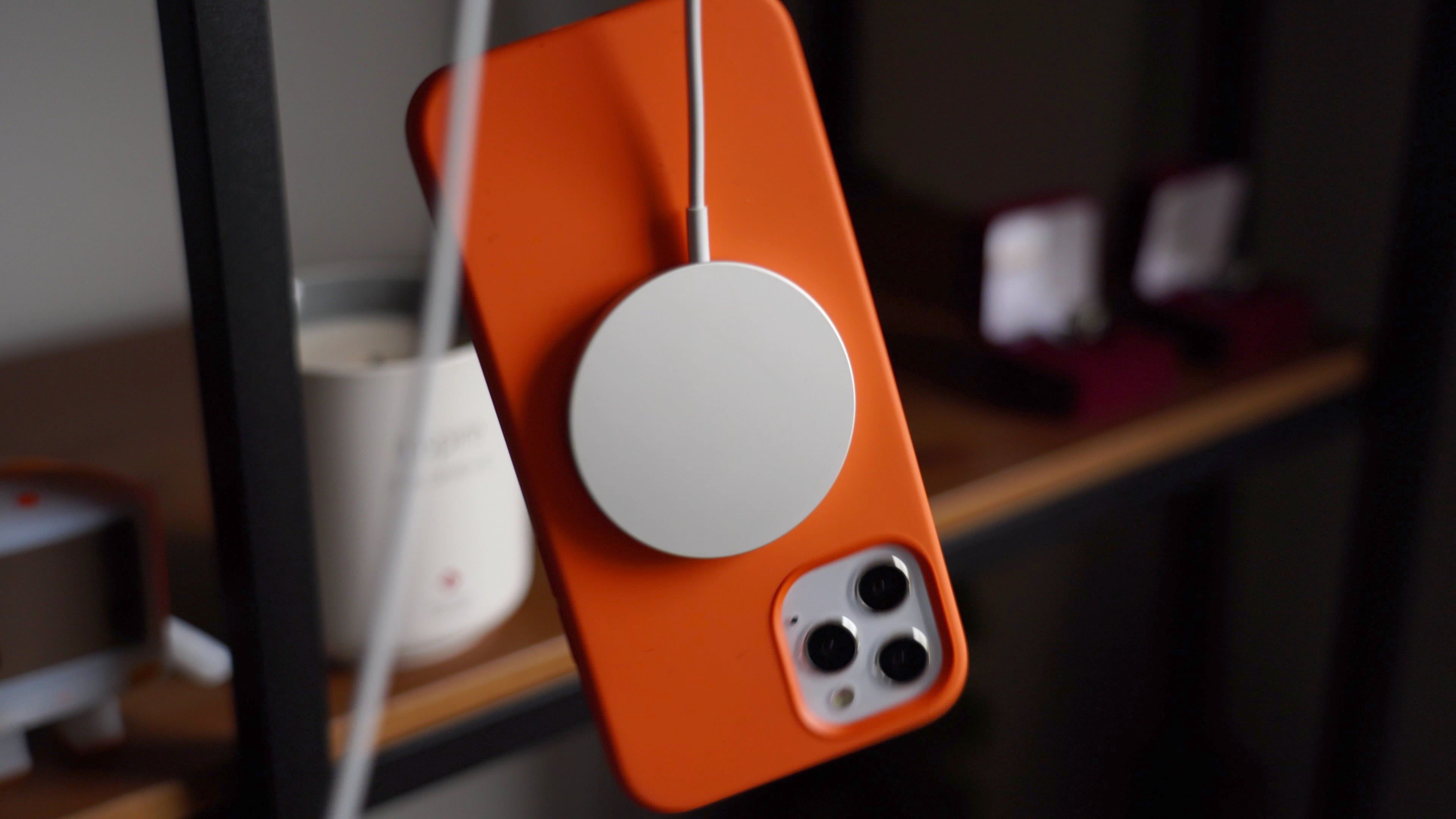Since the launch of the iPhone 12 models in October, Apple has recognized that the devices can cause electromagnetic interference with medical devices such as pacemakers and defibrillators, but the company has now shared additional information.
/article-new/2020/10/magsafecasedangle.jpg?resize=560%2C315&ssl=1)
Apple added the following paragraph to a related support document today:
Medical devices, such as implanted pacemakers and defibrillators, may contain sensors that respond to magnets and radios when in close contact. To avoid possible interactions with these devices, keep your iPhone and MagSafe accessories at a safe distance from the device (more than 6 inches / 15 cm away or more than 12 inches / 30 cm away if charging wirelessly). However, consult your doctor and the device manufacturer for specific guidelines.
Although the support document already mentions “MagSafe accessories” in the title, Apple further emphasized that accessories like the MagSafe Charger and MagSafe Duo Charger can also interfere with medical devices:
All MagSafe accessories (each sold separately) also contain magnets – and the MagSafe Charger and MagSafe Duo Charger contain radios. These magnets and electromagnetic fields can interfere with medical devices.
Apple continues to claim that while all iPhone 12 models contain more magnets than previous iPhone models, “they are not expected to pose a greater risk of magnetic interference in medical devices than previous iPhone models”.
Earlier this month, an article in the Heart Rhythm Journal indicated that iPhone 12 models can “potentially inhibit life-saving therapy in a patient” due to magnetic interference with implantable medical devices. Three doctors in Michigan tested this interaction by holding an iPhone 12 close to a patient’s implantable cardioverter defibrillator, who immediately went into a “suspended” state during the test, according to the article.
“We bring here an important public health problem about the new generation of the iPhone 12, which can inhibit therapy that saves lives in a patient, especially while carrying the phone in the upper pockets,” wrote the doctors. “Medical device manufacturers and implanting physicians should remain vigilant to alert patients to this significant interaction of the iPhone 12 and other smart wearable devices with their implantable cardiac electronic devices.”
The Heart Rhythm Journal article was first published on the Brazilian website MacMagazine.
Apple provides more information in the “Important iPhone security information” section of the iPhone User Guide.
